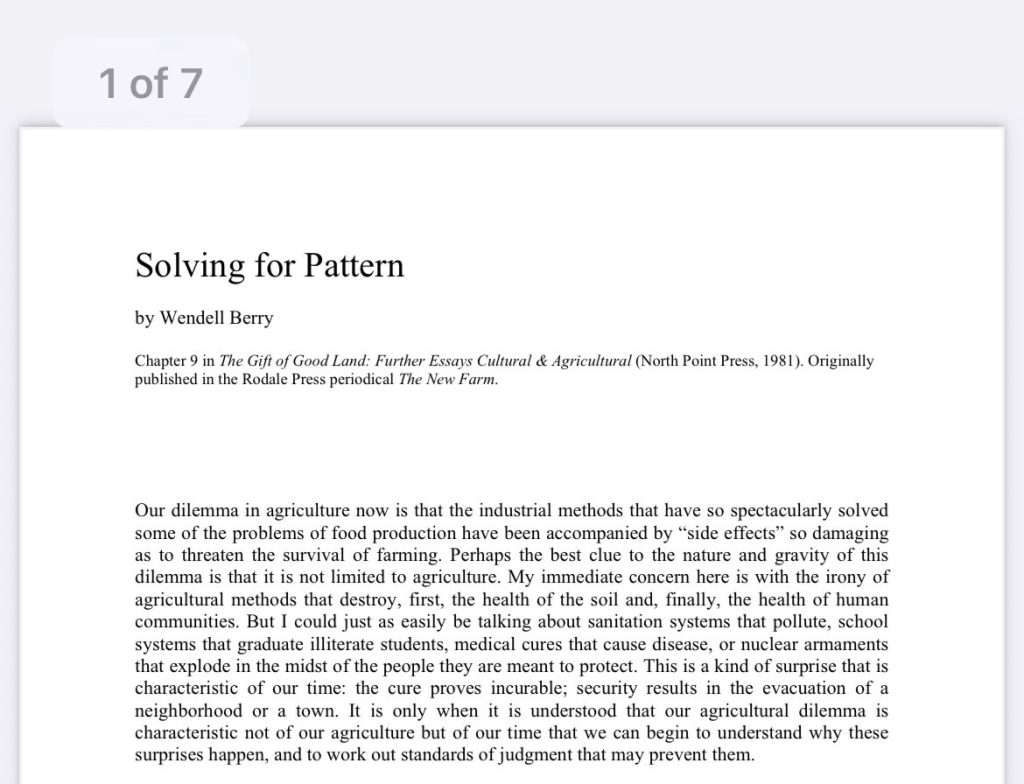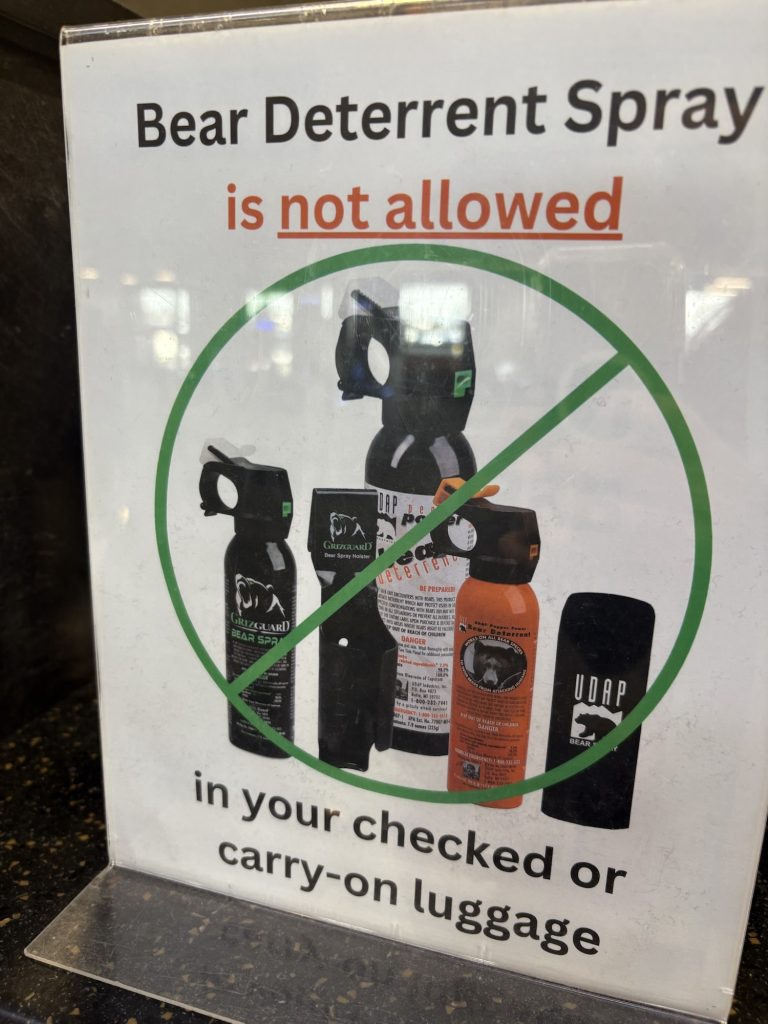With all of the preparations that go into a day of rest, it can be oddly easy to forget that the purpose was of rest is to restore one’s mind and body.
Rejuvenation, be it body or soul, doesn’t occur immediately. I don’t find anything that involves refilling one’s energy happens quickly.
Jouissance in the Lacanian psychoanalytic tradition suggests that embodied enlivened enjoyment goes beyond pleasure and pain. To rest one must have exerted oneself first. Now being French they mean sexually but I mean generally. Embodied things take time and not all pleasure is free of pain.
Maybe that’s why it there can be as much enjoyment in the toil of preparations for travel or a day of rest as it is to reach one’s destination or take a day off.
I personally find it challenging to really rest unless I’ve gone through all of the many preparations required to do so. Being constantly in motion managing the logistics of moving through life never lets up.
The Lacanians must know something about the nature of women (and men). I’ll let Star Trek’s Spock explain.
After a time, you may find that having is not so pleasing a thing, after all, as wanting. It is not logical, but it is often true.
Maybe it’s good to spend so much time in preparation and waiting. Christmas comes but once a year but the preparations can be endless if you so desire.


